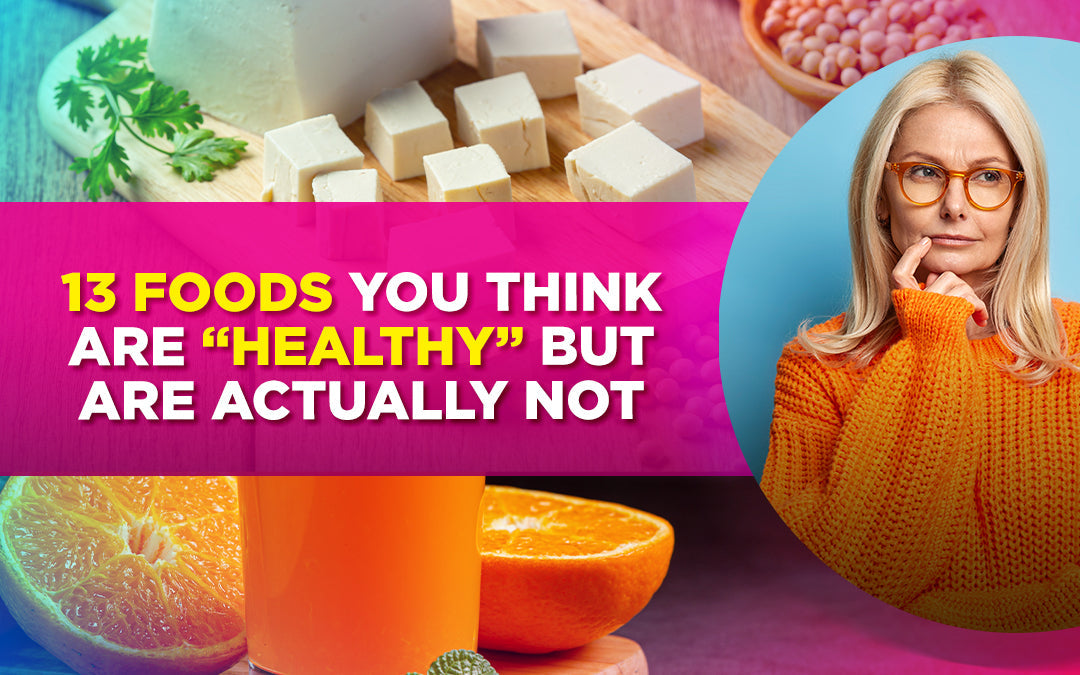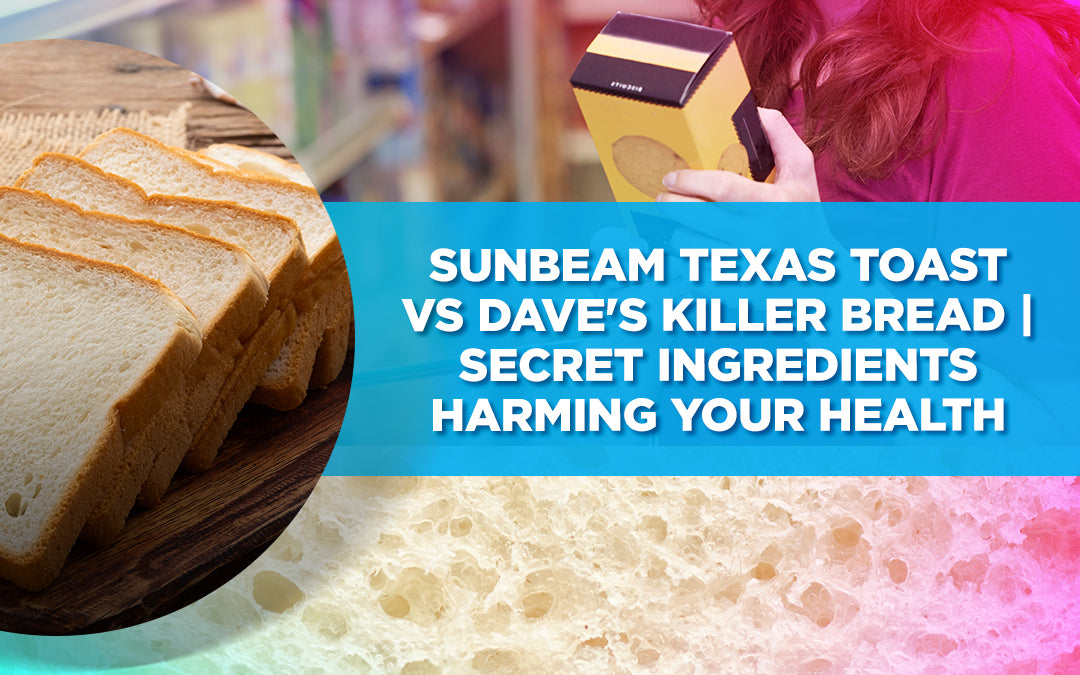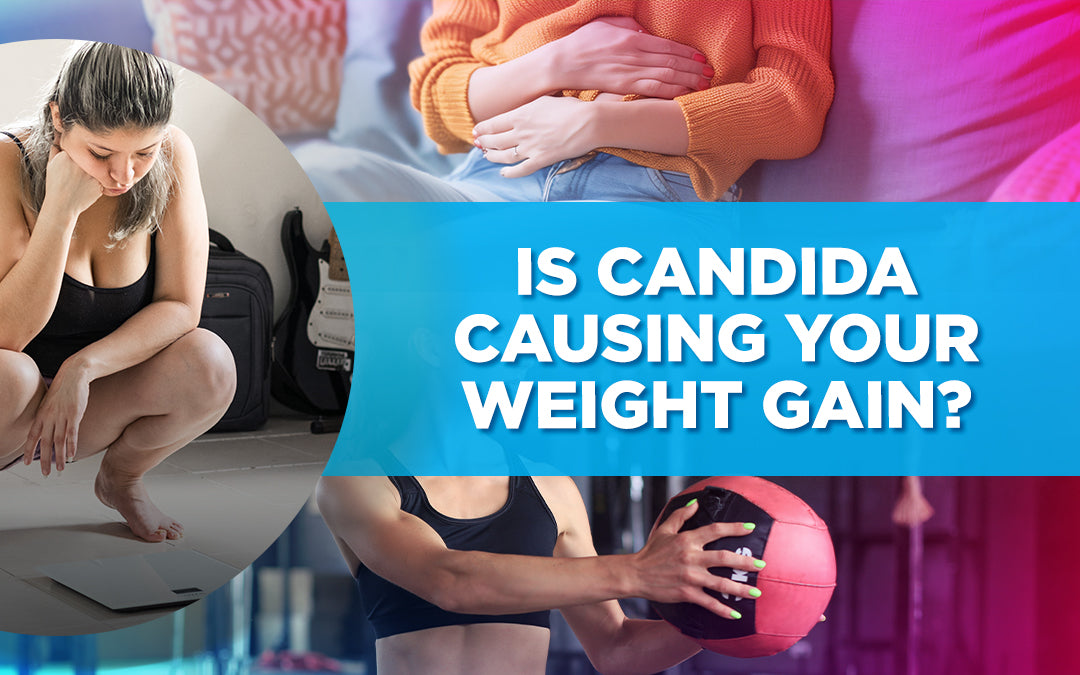Here’s What Happens When You Don’t Eat Enough Vegetables
Dr. LivingoodShare
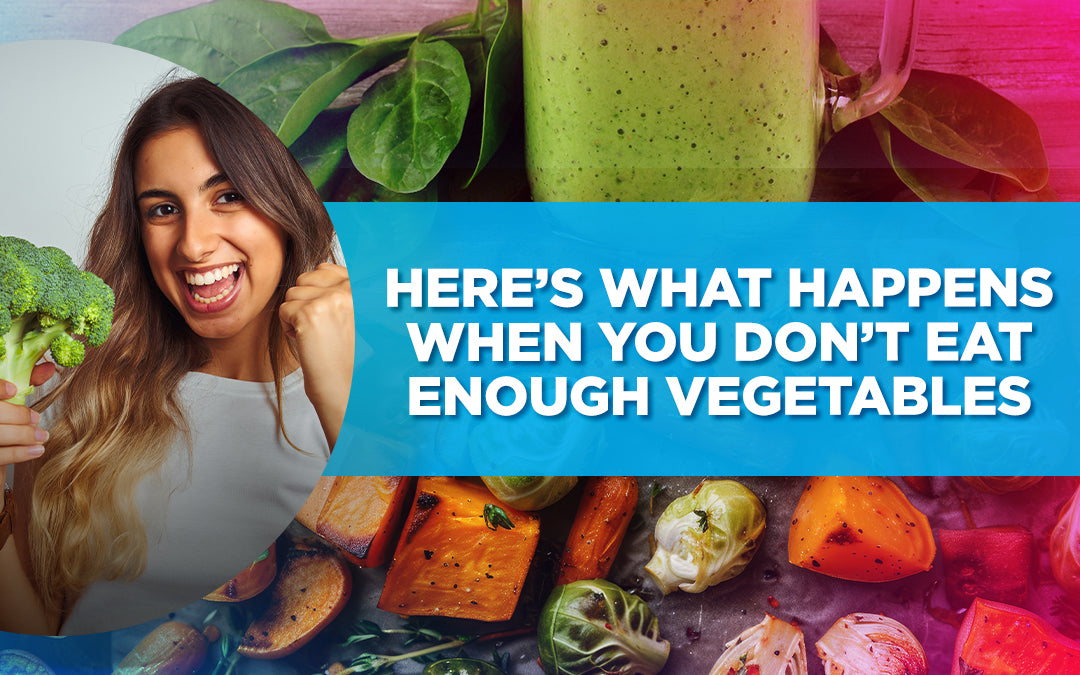
Today, I want to address something that’s affecting a lot of people, yet it doesn’t get the attention it deserves: vegetable intake. The truth is, most of us are not getting the recommended amount of vegetables in our daily diets. It’s a scary reality, especially when you consider the impact this can have on your overall health.
According to the CDC, only 9% of Americans are hitting their daily vegetable goals. That’s just one to one and a half cups a day.
Can you relate to this? Are you falling short on your vegetable intake? If so, you’re not alone, but the consequences of this shortfall are more serious than you might think.
Here are five major ways that not getting enough vegetables could be costing you your health.
1. Energy Levels
One of the first things to suffer when you don’t get enough vegetables is your energy levels.
Vegetables are packed with essential nutrients, minerals, and enzymes that your body needs to fuel itself. They provide the kind of sustained energy that keeps you going throughout the day. If you’re feeling sluggish or constantly tired, it might be because your diet is lacking in these vital plant-based nutrients.
Vegetables like spinach, kale, and broccoli are particularly rich in nutrients that support energy production. They are high in iron, magnesium, and vitamins like B6 and B12, all of which are essential for converting food into energy.
Recipe Ideas to Boost Energy:
- Spinach Smoothie: Blend spinach with a banana, almond milk, and a tablespoon of flaxseeds for a morning energy boost.
- Kale Chips: Toss kale in olive oil, sprinkle with sea salt, and bake until crispy for a nutrient-packed snack.
- Broccoli Stir-Fry: Sauté broccoli with garlic, ginger, and a splash of soy sauce for a quick, energizing dinner.
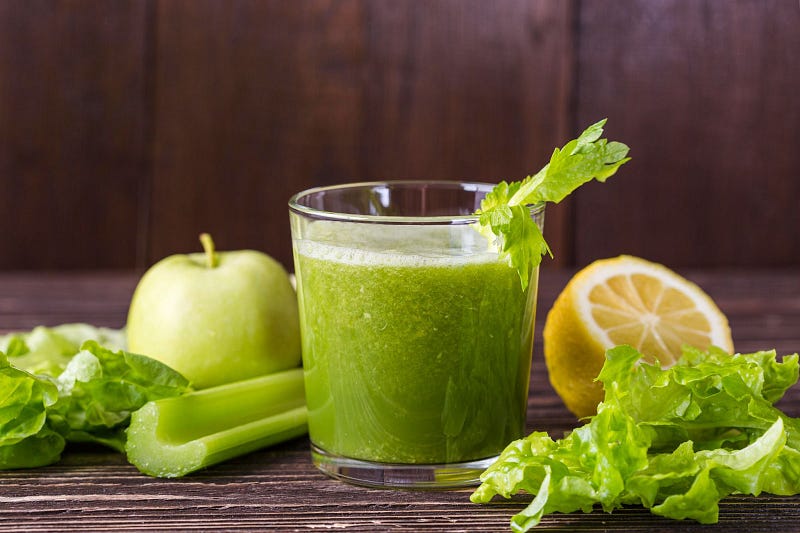
2. Cravings
If you find yourself constantly craving sugary or carbohydrate-rich foods, your body might be trying to tell you something. These cravings are often a sign that your body is searching for nutrients it’s not getting, and vegetables can provide those missing pieces.
When your diet lacks vegetables, your body doesn’t get the fiber and nutrients it needs to feel full and satisfied. This can lead to a vicious cycle of eating more carbs and sugars, which in turn leads to more cravings. It’s a dangerous loop that can be hard to break.
Vegetables are rich in fiber, which helps you feel full longer and stabilizes blood sugar levels, reducing the urge to snack on unhealthy foods.
Recipe Ideas to Reduce Cravings:
- Roasted Veggie Medley: Roast a mix of carrots, sweet potatoes, and bell peppers with olive oil and herbs for a filling, nutrient-dense side dish.
- Zucchini Noodles: Replace pasta with zucchini noodles and top with a fresh tomato and basil sauce for a low-carb, high-fiber meal.
- Cucumber and Avocado Salad: Slice cucumbers and avocados, drizzle with lemon juice, and sprinkle with sesame seeds for a refreshing, satisfying snack.
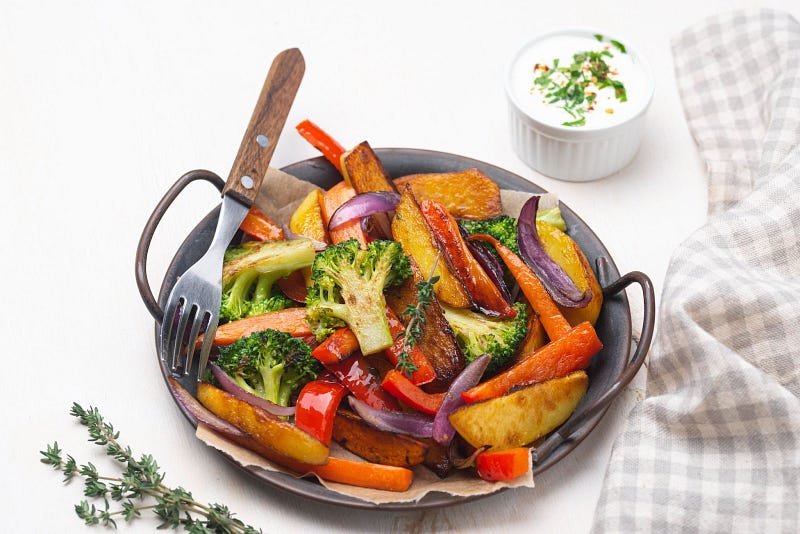
3. Weight Loss
Vegetables are your best ally when it comes to weight loss. They are low in calories but high in volume and nutrients, which means you can eat a lot of them without consuming too many calories. This makes them perfect for anyone looking to shed a few pounds.
The fiber in vegetables also plays a crucial role in weight loss. It helps to keep you full and satisfied, reducing the likelihood of overeating. Plus, the water content in vegetables adds bulk to your meals without adding extra calories, making them a smart choice for those trying to manage their weight.
Recipe Ideas for Weight Loss:
- Cauliflower Rice: Substitute regular rice with cauliflower rice in your favorite stir-fry for a low-calorie, nutrient-rich alternative.
- Stuffed Bell Peppers: Fill bell peppers with a mix of quinoa, black beans, and diced tomatoes for a hearty, low-calorie meal.
- Cabbage Soup: Simmer cabbage with carrots, celery, and onions in vegetable broth for a filling, low-calorie soup.
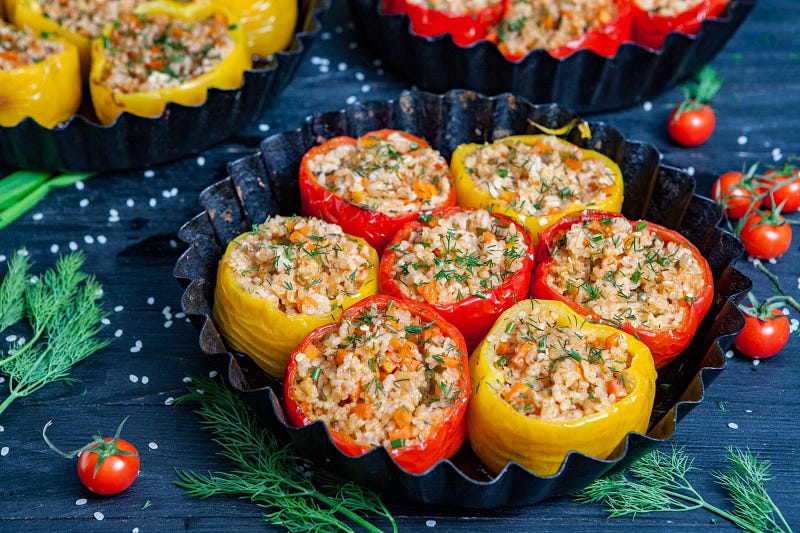
4. Constipation
Another area where vegetables make a big impact is digestion. If you’re not going to the bathroom regularly, it’s a sign that your diet is lacking in fiber. Vegetables are a great source of both soluble and insoluble fiber, which are essential for maintaining healthy bowel movements.
Soluble fiber absorbs water and helps to form a gel-like substance in your intestines, which can ease stool passage. Insoluble fiber, on the other hand, adds bulk to your stool and helps food pass more quickly through the stomach and intestines.
Without enough fiber from vegetables, you might find yourself dealing with constipation, which can lead to discomfort and even more serious digestive issues over time.
Recipe Ideas for Better Digestion:
- Broccoli and Lentil Soup: Cook broccoli and lentils with vegetable broth, garlic, and spices for a fiber-rich soup that promotes digestion.
- Roasted Brussels Sprouts: Toss Brussels sprouts with olive oil, salt, and pepper, and roast until crispy for a fiber-packed side dish.
- Apple and Spinach Salad: Combine spinach leaves with apple slices, walnuts, and a light vinaigrette for a refreshing, fiber-filled salad.
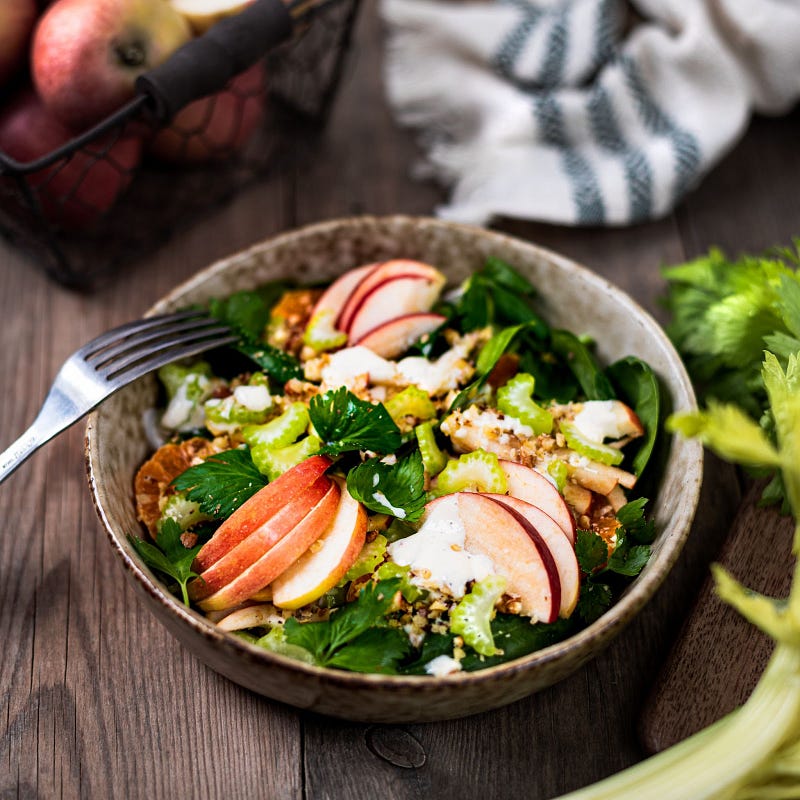
5. Detoxification
Finally, vegetables play a crucial role in detoxifying your body. We’re exposed to toxins every day, whether it’s through the food we eat, the air we breathe, or the products we use. Vegetables, especially those rich in antioxidants, help to neutralize and eliminate these toxins from your body.
Cruciferous vegetables like broccoli, Brussels sprouts, and cauliflower are particularly effective at boosting your body’s natural detoxification processes. They contain compounds like sulforaphane, which has been shown to help detoxify harmful substances and reduce inflammation.
Recipe Ideas for Detox:
- Broccoli Detox Salad: Mix chopped broccoli with dried cranberries, sunflower seeds, and a light vinaigrette for a detoxifying salad.
- Green Detox Smoothie: Blend kale, cucumber, celery, and green apple with lemon juice for a refreshing detox drink.
- Garlic Roasted Cauliflower: Toss cauliflower with minced garlic and olive oil, then roast until tender for a detox-friendly side dish.

Making Vegetables a Priority
Incorporating more vegetables into your diet might seem challenging, but the benefits are undeniable. From boosting your energy levels to aiding in weight loss and improving digestion, these nutrient-packed foods play a vital role in maintaining your overall health.
It’s easy to fall short on your daily vegetable intake, but with a little planning and creativity, you can make it happen. Whether it’s adding spinach to your morning smoothie, enjoying a colorful salad with lunch, or roasting a mix of veggies for dinner, there are countless ways to make vegetables a delicious and regular part of your meals.
By prioritizing vegetables, you’re not just filling your plate — you’re investing in your health. Take small steps each day to increase your vegetable intake, and over time, these habits will lead to lasting improvements in your well-being. Remember, it’s not about perfection but progress. Every extra serving of vegetables you add to your day brings you closer to a healthier, more energized life.
So, why not start today? Your body will thank you for it.
Share
Related Articles
Most Popular
-
The 5 Amazing Benefits of Omega-3s
August 13, 2024 -
Healing Your ‘Second Brain’: The Path to a Healthier Gut
August 13, 2024


